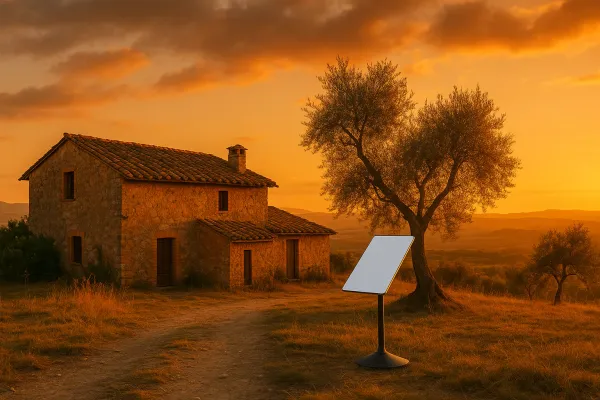Rustic Retreat
Hot Projects
Live broadcasts and documentation from a remote tech outpost in rustic Portugal. Sharing off-grid life, the necessary research & development and the pursuit of life, without centralized infrastructure.
 Subscribe to our new main project Rustic Retreat on the projects own website.
Subscribe to our new main project Rustic Retreat on the projects own website.
In order to have total system control for crew/guests and to be more transparent about the technology and infrastructure in use and to give people another way to get into the detailed aspects and challenges of this project, the Virtual Flight Control Center (VFCC) is now open to the public. This is just a first step, as more technology is implemented, the VFCC will have more features. It's a little bit early in the projects timeline but became necessary as a proving ground for the UCSSPM.
If you want to see more than just screenshots open the Virtual Flight Control Center (VFCC).
Be aware that we do not care about testing/supporting closed-source, IP encumbered browsers at all. Also you'll probably need at least 7“ of display size since it doesn't automatically resize yet and grafana's graph rendering has a tendency to overload mobile browsers, so phones are currently not the best choice to play with it :) For obvious reasons, the public VFCC doesn't allow control and data access is read-only, so you can play with it as much as you like without having to worry about breaking anything.
It's still a very crude and hackish demonstrator, combining the following open-source components:
All components of this setup have been selected primarily for scalability, so that it's possible to run the different components on small VM's or even embedded ARM/MIPS systems and having a low resource footprint to scale with metrics volume and client requests. After all, this system is also here to show and document with hard, untainted and unbiased data, how much can be done with little resources.